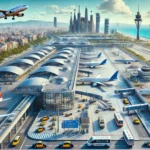✈️ Barcelona Airport: Comprehensive Guide and Essential Services
The Josep Tarradellas Barcelona-El Prat Airport, located approximately 15 kilometers from Barcelona’s city center, stands as one of Spain’s primary air transport hubs. Since its inception in 1918, the airport has undergone continuous development. Today, it ranks as the country’s second busiest airport, offering a wide range of services and both domestic and international connections. This facility plays a crucial role in the mobility of millions of passengers each year.
🏗️ History of Josep Tarradellas Barcelona-El Prat Airport
The journey of Josep Tarradellas Barcelona-El Prat Airport has been remarkable since its early 20th-century inception. Various milestones have shaped its current significance in the European and global aviation landscape.
📜 Origins and Evolution
The origins of aviation in Barcelona trace back to 1916, with the establishment of the first airfield at El Remolar, within the municipality of Viladecans. Recognizing the need for a more expansive area with greater potential, the focus shifted to El Prat de Llobregat.
In 1918, the new airport officially opened in El Prat, becoming a pivotal center for commercial aviation. From that point, the airport began attracting airlines, establishing itself as a key departure point for flights to national and international destinations.
🛫 Inauguration and Early Operations
The inauguration of El Prat Airport was marked by the arrival of a Latécoère Salmson 300 from Toulouse, symbolizing a new era in air transport for Catalonia. Following its opening, Iberia became the first airline to offer regular services, initiating a link between Barcelona and Madrid in 1927, thereby solidifying the airport’s role as an essential communication hub.
These initial operations reflected the growing need to connect Barcelona with the broader world. Over the years, the demand for flights increased, positioning El Prat as a crucial stop for airlines expanding in the Mediterranean region.
✈️ Expansion and Modernization
Throughout the 20th century, the airport experienced several phases of expansion and modernization. In the 1960s, significant efforts were made to increase capacity and accommodate the growing air traffic. These developments focused on constructing new terminals and runways, aligning the infrastructure with contemporary needs.
A major boost occurred in 1992, with renovations in preparation for the Barcelona Olympic Games. This transformation not only modernized the existing terminal but also set new standards in services and accessibility. The airport was redesigned to function as a modern international hub, highlighted by the inauguration of Terminal T1 in 2009, marking a significant milestone in its evolution.
Over the years, El Prat has continued to adapt to new demands in air traffic. The combination of efficient services and state-of-the-art facilities has positioned it as one of Europe’s leading airports. Currently, efforts are underway to further expand its capacity, developing new projects to address an increasingly aviation-centric future.
🏢 Current Structure and Operations
Josep Tarradellas Barcelona-El Prat Airport is characterized by its extensive infrastructure and operational capacity, facilitating the transit of millions of passengers. The following outlines the terminals, runways, and services that define its current operations. Barcelona Airport (BCN)
🏨 Terminals at Barcelona Airport
The airport features two main terminals that handle the majority of passenger traffic. Each offers a variety of services and amenities to enhance the traveler experience.
🛫 Terminal T1: Capacity and Services
Terminal T1, inaugurated in 2009, was designed to manage up to 55 million passengers annually. Covering a total area of 545,000 m², this terminal is both modern and efficient. Its structure includes:
268 check-in counters. TAXI BCN AIRPORT
Boarding bridges. TAXI BCN AIRPORT
Rest areas and commercial zones featuring shops and restaurants.
Available services include free Wi-Fi, waiting lounges, and assistance for passengers with reduced mobility. These facilities are designed to provide comfort and a seamless experience for travelers.
🛬 Terminal T2: Features and Functions
Terminal T2 is divided into sections T2A, T2B, and T2C. While it has an older design compared to T1, it remains a crucial departure point for numerous airlines, particularly low-cost carriers. Its operations focus on:cadenaser.com
Short and medium-haul flights.
Connections with low-cost airlines.
Boarding areas and services tailored to passenger needs.
🔄 Inter-terminal Transportation
To facilitate movement between terminals, the airport offers a free shuttle service. This includes buses operating regularly, allowing users to connect effortlessly. This service is invaluable for those making transfers or needing quick access between terminals.
🛤️ Runways for Landing and Takeoff
The airport’s runway configuration is designed to optimize air operations. With three runways in total—two parallel and one cross—the airport can manage a high volume of flights. The runways are:
Runway 06L/24R.
Runway 06R/24L.
Runway 02/20.
This layout supports efficient aircraft takeoffs and landings, minimizing delays and enhancing operational efficiency, crucial for an airport of this magnitude.








